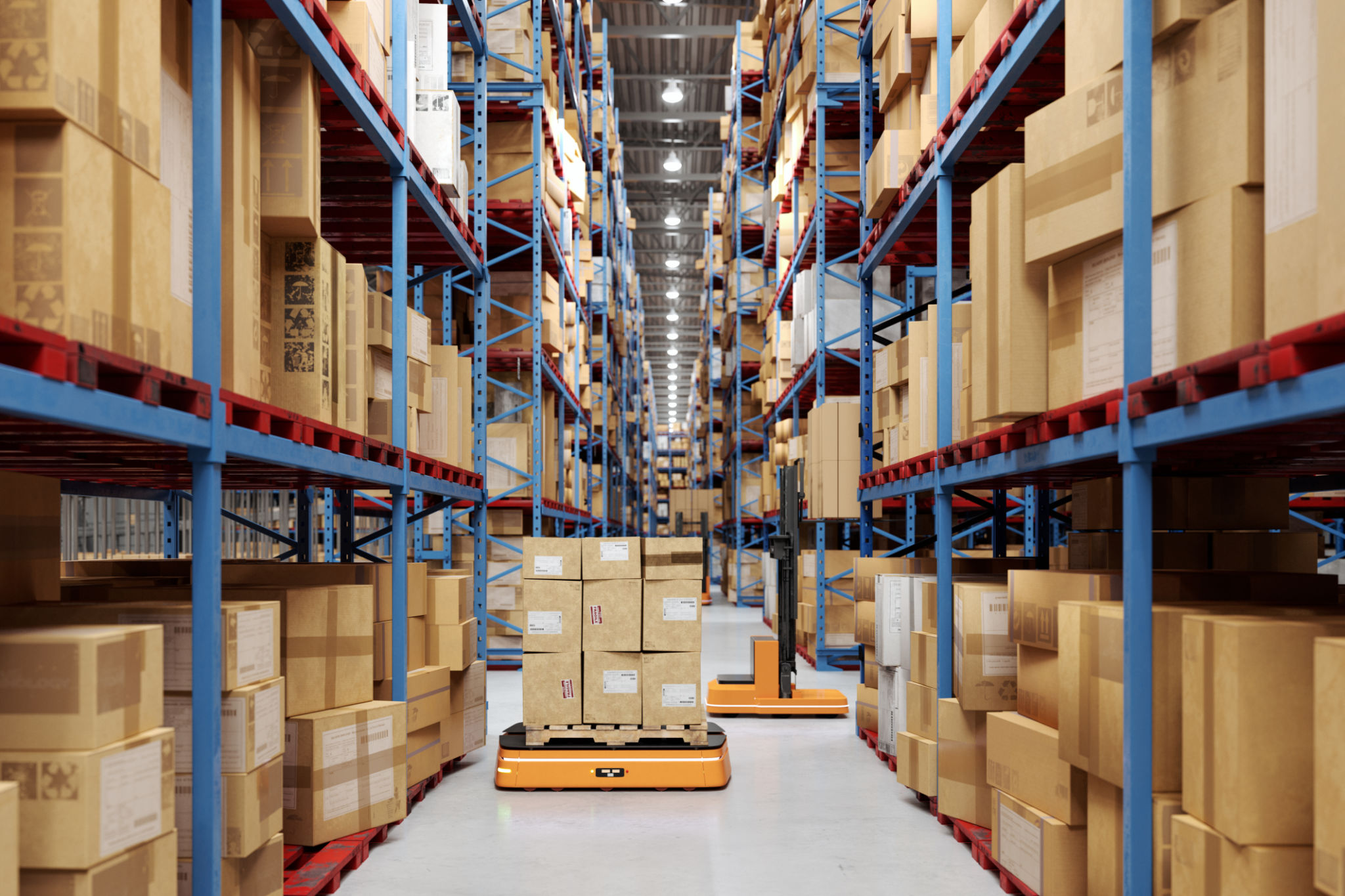How Material Handling Innovations Are Shaping the Future of Logistics
Revolutionizing Logistics Through Material Handling Innovations
In the fast-paced world of logistics, efficiency and accuracy are paramount. As businesses strive to meet customer demands while minimizing costs, material handling innovations are playing a crucial role in shaping the future of logistics. From automation to advanced tracking technologies, these innovations are transforming how goods are managed and moved across the supply chain.

The Rise of Automation in Material Handling
One of the most significant advancements in material handling is the increased use of automation. Automated systems, such as robotic arms and conveyor belts, have revolutionized warehouses by streamlining operations and reducing human error. These systems not only enhance productivity but also ensure the safety of workers by minimizing the need for manual handling of heavy or hazardous materials.
Moreover, automated guided vehicles (AGVs) and drones are becoming increasingly popular for transporting goods within warehouses and distribution centers. These technologies enable businesses to handle more volume with greater efficiency, giving them a competitive edge in the logistics landscape.
Enhanced Tracking and Inventory Management
Keeping track of inventory has always been a challenge in logistics. However, with the advent of technologies like RFID (Radio Frequency Identification) and IoT (Internet of Things), companies can now monitor their stock levels in real-time. These innovations provide greater visibility into the supply chain, allowing businesses to make informed decisions and optimize their inventory management strategies.

Additionally, advanced tracking systems enable precise location tracking of goods, reducing the risk of loss or theft. This level of transparency not only improves operational efficiency but also enhances customer satisfaction by providing accurate delivery timelines.
Sustainability and Eco-friendly Solutions
As environmental concerns continue to rise, the logistics industry is under pressure to adopt sustainable practices. Material handling innovations are contributing to this shift by introducing eco-friendly solutions. For instance, electric-powered forklifts and AGVs are reducing carbon emissions and reliance on fossil fuels.
Furthermore, companies are increasingly using recyclable and biodegradable materials for packaging and pallets. Implementing circular economy principles in logistics not only reduces waste but also aligns with the growing consumer demand for sustainable practices.

The Role of Data Analytics in Material Handling
Data analytics is another powerful tool shaping the future of material handling. By leveraging big data and machine learning algorithms, businesses can gain insights into their operations and identify areas for improvement. Predictive analytics can forecast demand patterns, helping companies optimize their inventory levels and reduce excess stock.
Furthermore, data-driven decision-making allows for better resource allocation, improving overall operational efficiency. With the ability to analyze trends and patterns, logistics providers can stay ahead of market changes and adapt their strategies accordingly.
The Future Outlook
The continuous evolution of material handling innovations promises a bright future for logistics. As technology advances, we can expect even more sophisticated solutions that enhance speed, accuracy, and sustainability. Companies that embrace these innovations will be better equipped to meet the challenges of an ever-evolving market landscape.
In conclusion, material handling innovations are at the forefront of transforming logistics operations. By adopting automation, improving tracking systems, focusing on sustainability, and utilizing data analytics, businesses can create more efficient and resilient supply chains that meet the demands of today's consumers.